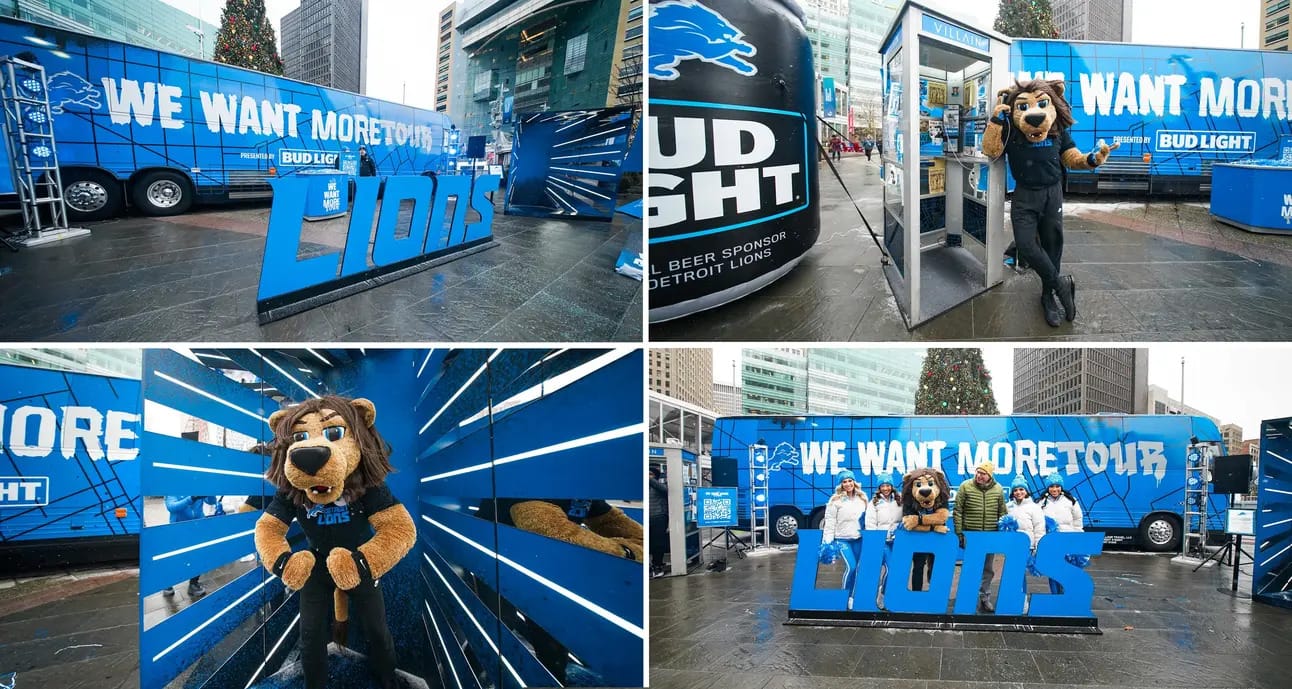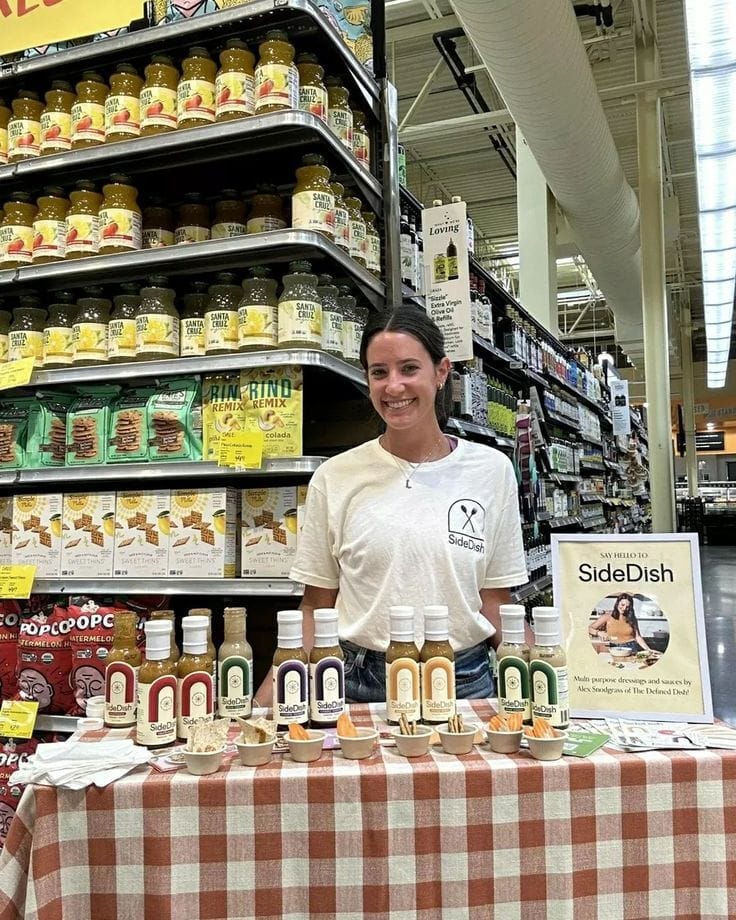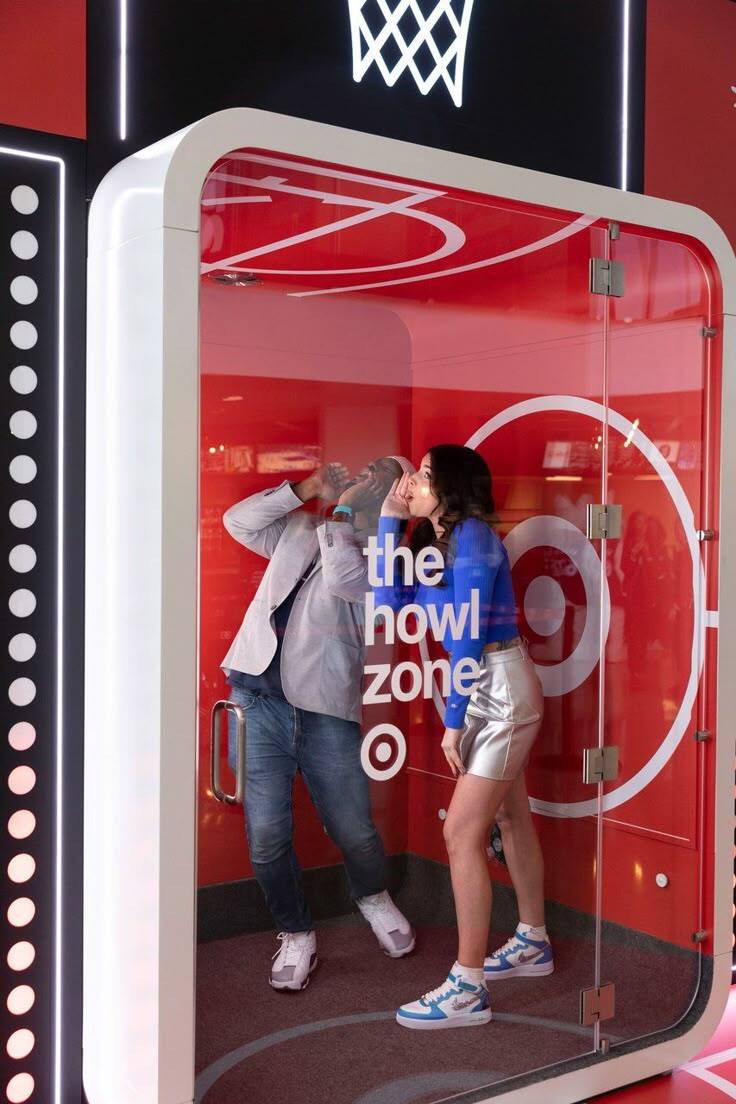- The BIG XP
- Posts
- Culturally Fluent Brand Experiences Win 10/10 Times
Culturally Fluent Brand Experiences Win 10/10 Times
TL;DR:
Culture is oxygen. If your brand activation doesn’t reflect the vibe, voices, and values of your audience, it’s just background noise.
Localization turns moments into movements. From Detroit block parties to Oakland sneaker drops, culturally tuned-in experiences drive deeper engagement and real community connection.
When you co-create with the culture, ROI follows. Authenticity builds trust, trust fuels traction, and traction turns into UGC, earned media, and lasting loyalty.
I flew into Detroit last September for a quick overnighter to catch the Lions season opener, grab a Coney dog, and hang on my favorite roof top bar. Shame on me for not knowing that those fans get after it like that, because the gameday atmosphere was beyond what I expected. Pride Plaza was in full effect and the alley near the stadium was pulsing with local street artists, DJs spinning Motown remixes, interactive games and activations, and pop-up tents with prizes, giveaways, and a row of Detroit favorite food trucks. And in that moment, I thought that this is what it is all about.

🚨 The “Why This, Why Now?” Moment
Yes, culture should be the heart behind any powerful concept, but it should also be the air that breathes the perfect moment the second they walk in. Without it being the pulse of your entire experience? The activation becomes just another 1-800 commercial in the glazed over eyes of the consumer.
That Detroit block party was cool because it mirrored Detroit’s creative heartbeat. It was raw, unscripted, and local-fluent. That authenticity pulled people into the vibe.
Meet the “Cultural Scavengers”
In West Oakland, a sneaker drop became a full culture moment when the brand collaborated with a muralist collective whose walls had defined the neighborhood for years. The crowd camped out and waited hours for the chance to buy the limited edition shoes. They, a long time ago, bought into the culture and newsfeeds filled up with UGC around the brand experience, most notably around the giant sneaker for people to write on.

How to Build the Blueprint
Let’s break it down EPIC-ly:
Pick cultural entry points vs. inventing them. Whether it's local art, shared histories, or under-the-radar movements, start where culture is already bubbling.
Co-create with the insiders—artists, DJs, community leaders. Pay them. Highlight them. Let them lead.
Fine tune all the details. If the fonts, the soundtrack, or the scent don’t sync with the vibe, you’re shouting into the void. Every detail is a signal.
🔥 What Happens When You Don’t?
Skip the culture, and your experience becomes a placeholder vs. a presence. Generic events and builds are like putting make up on a pig: technically there, but emotionally vacant. If your activation could drop into any city without tweaking a single detail, you've got a problem.
So why does localization matter?
Psychologically, people are wired to respond to what feels familiar and personal. When an experience reflects local flavors — visually, musically, emotionally — it signals that a brand sees its audience, not just their wallets. That builds trust. And trust builds traction.
National retail chains know this well. Ever notice how Target stores incorporate popular regional and local products into their inventory? or how Whole Foods has become an entire launching point for new new local food and beverage businesses? It’s not just good PR. It’s smart business. Localized touches create a sense of community ownership. Think this isn’t just a brand, it’s our brand.

In brand activations, it works the same way. When you integrate cultural and geographic nuance — whether it’s partnering with local creatives, featuring regional slang, or designing an experience that aligns with local rituals — you create an environment where people feel included. And inclusion is magnetic.
Culture = ROI
For my time in Detroit, what happened when local creators took part? Engagement tripled. Posts went viral not because of a hashtag, but because they authentically captured the moment. The brands didn’t force relevance, they were the relevance. And the payoff showed in expansion: killer UGC, earned media, and loyalty that some brands only dream of.
